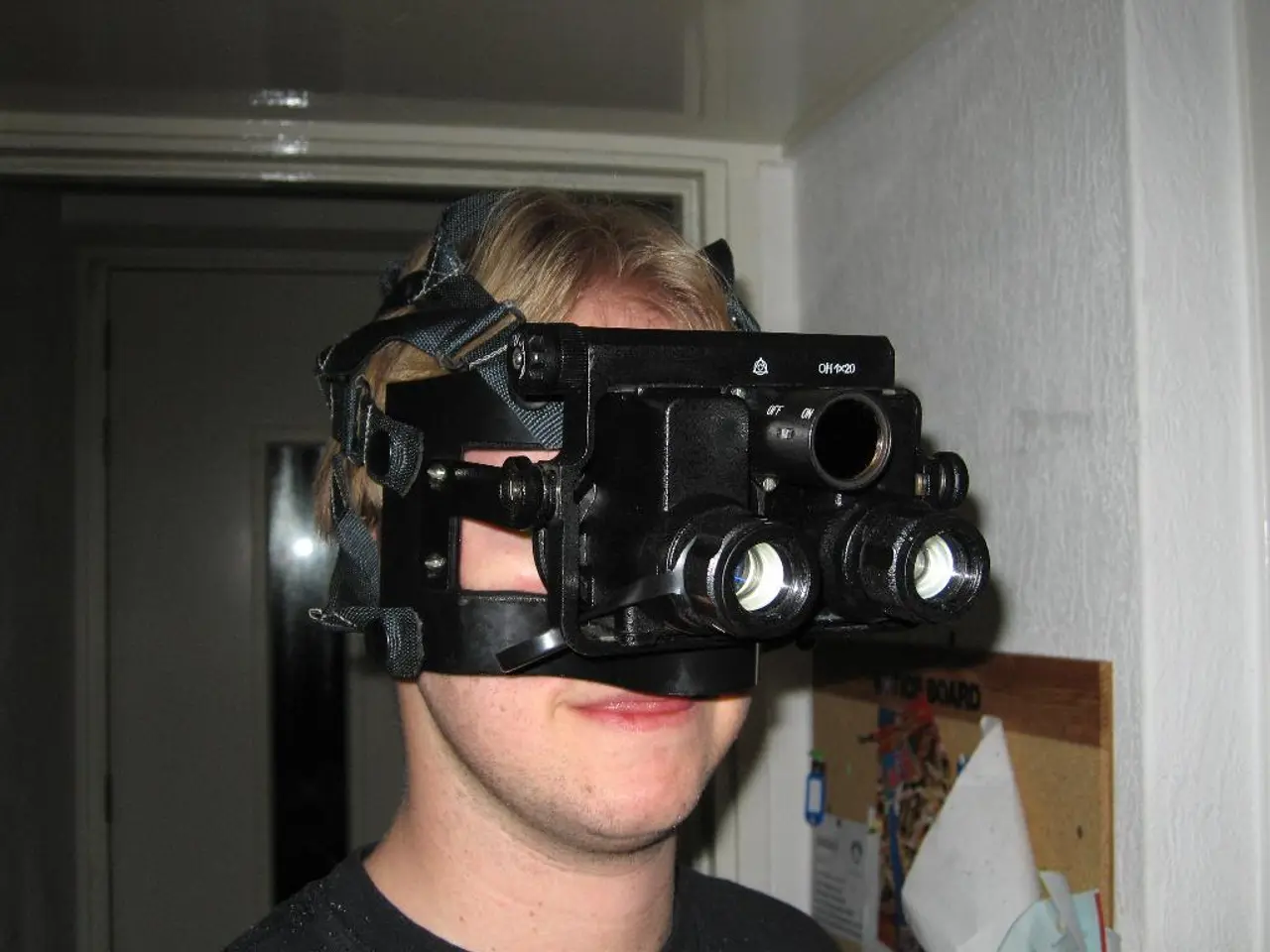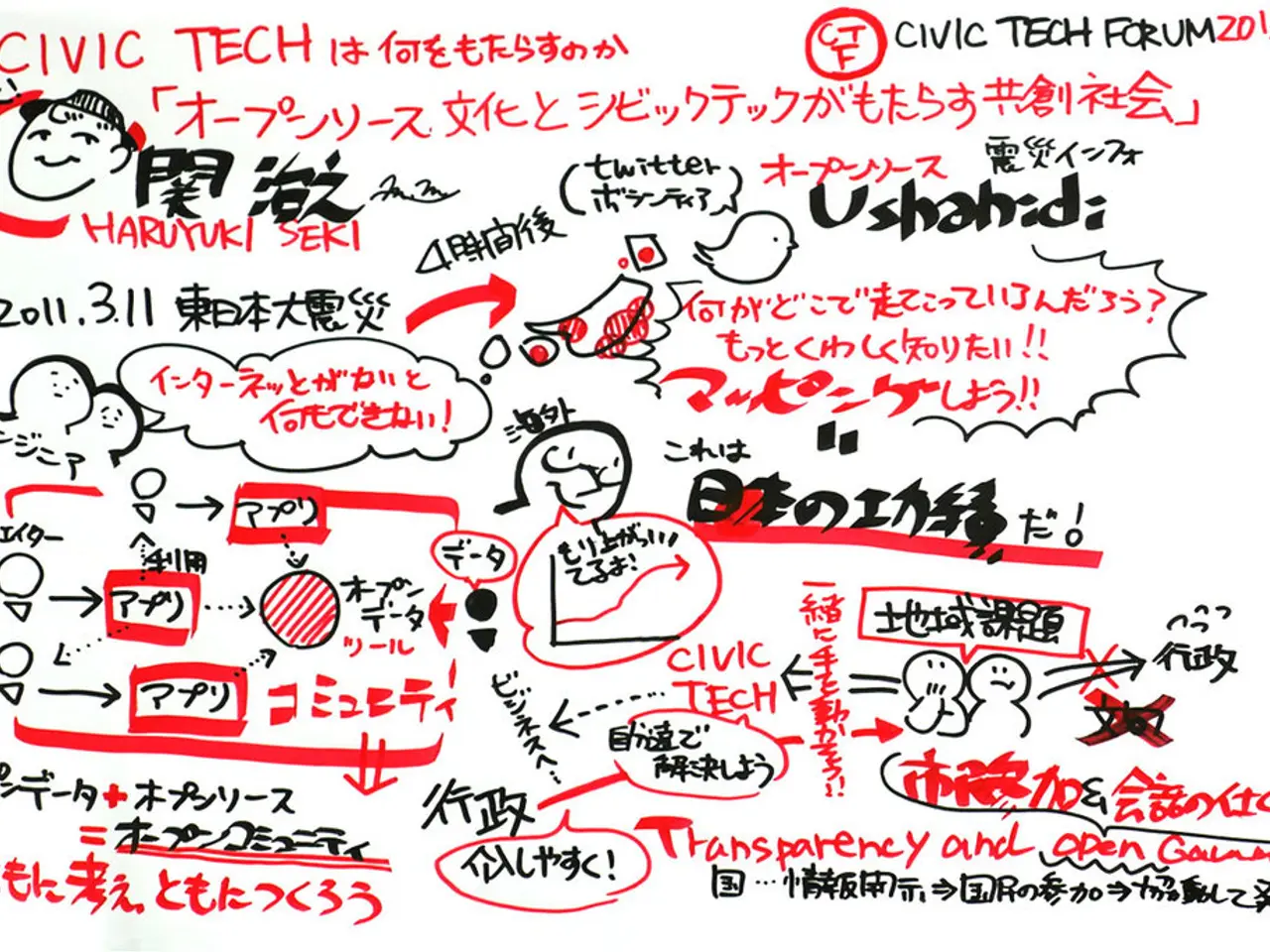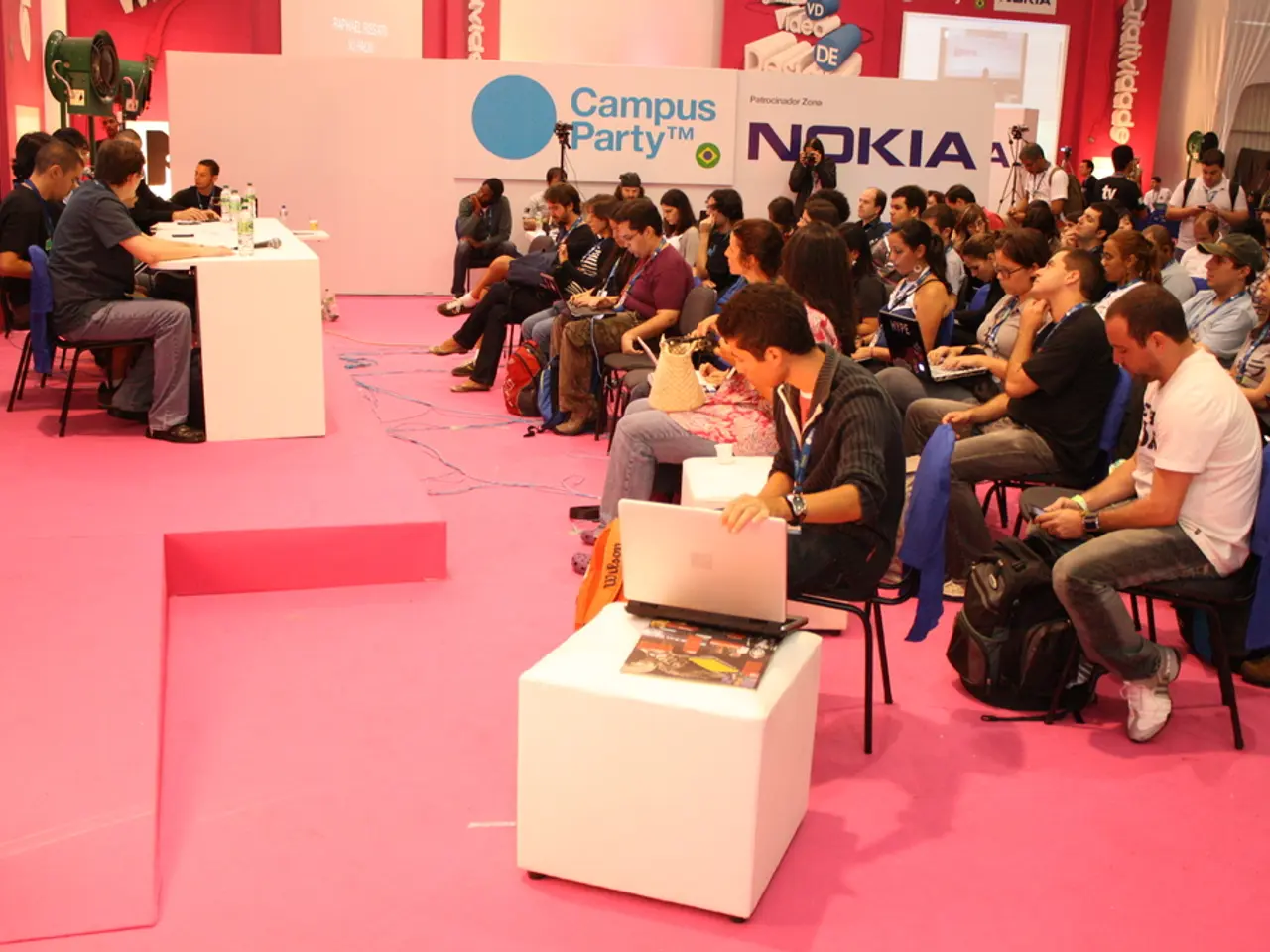Advantages of Virtual Reality Applications in Construction Industry
In the ever-evolving world of architecture, engineering, and construction (AEC), virtual reality (VR) technology is making a significant impact. This innovative technology offers a plethora of applications, from visualization and simulation to testing, revolutionizing the way projects are planned, inspected, and executed.
One of the key advantages of VR is its ability to simulate the construction process, allowing professionals to identify potential issues before construction begins. This can significantly reduce rework and costs, making the construction process more efficient and cost-effective.
VR technology also enhances collaboration by providing a shared virtual environment where team members can visualize and discuss the project in real-time. This improves team coordination and reduces the need for physical meetings, saving time and resources.
Moreover, VR technology can streamline client interactions. By allowing clients to experience the project in a virtual environment, they can make informed decisions and visualize different design options. This can lead to a smoother approval process and fewer redesigns.
However, it's important to consider the potential impact of VR on worker safety. The technology can be disorienting and may require workers to wear additional equipment. Therefore, it's crucial to ensure that VR technology is user-friendly and easy to operate, requiring training employees on how to use the technology effectively and efficiently.
VR technology can also provide an immersive experience for construction workers, allowing them to identify potential hazards and plan for logistics and resources. Additionally, VR technology can be used for virtual reality safety training, providing a safe, controlled environment for workers to learn and practice.
When it comes to implementing VR in construction, it's important to consider the equipment. This includes selecting the right VR headset, integrating VR software solutions, and setting up for VR implementation. Common VR software solutions used in the construction industry include Autodesk Workshop XR, IrisVR, The Wild, SENTIO VR, and Matterport.
Autodesk Workshop XR enables immersive collaboration by allowing AEC teams to interact with BIM data in real-time VR environments. IrisVR provides immersive BIM review tools, while The Wild facilitates better team coordination. SENTIO VR integrates closely with Autodesk Navisworks, and Matterport creates 3D virtual walkthroughs for property visualization and remote site tours.
These VR solutions collectively enhance design visualization, stakeholder collaboration, conflict detection, construction planning, and client engagement throughout the construction lifecycle. They also allow professionals to interact with virtual buildings in 3D, optimizing the construction process and identifying potential issues.
Implementing VR in construction can be costly, so it's important to manage costs and ensure a positive return on investment (ROI). One way to do this is to start small and gradually scale up as the technology proves its value. VR technology can also reduce costs by identifying potential issues before construction begins, ultimately leading to a more efficient and cost-effective construction process.
As the construction industry becomes increasingly digital and data-driven, VR technology can help companies stay competitive by providing a more immersive and interactive experience for stakeholders. By embracing this technology, companies can improve efficiency, reduce rework and costs, and enhance collaboration and client engagement, paving the way for a successful and sustainable future in the construction industry.
The impact of VR technology extends beyond visualization and simulation in the construction industry, as it can also reduce rework and costs by simulating the construction process, thus making the process more efficient and cost-effective. Furthermore, VR technology enhances collaboration by providing a shared virtual environment for real-time visualization and discussion among team members, saving time and resources.




